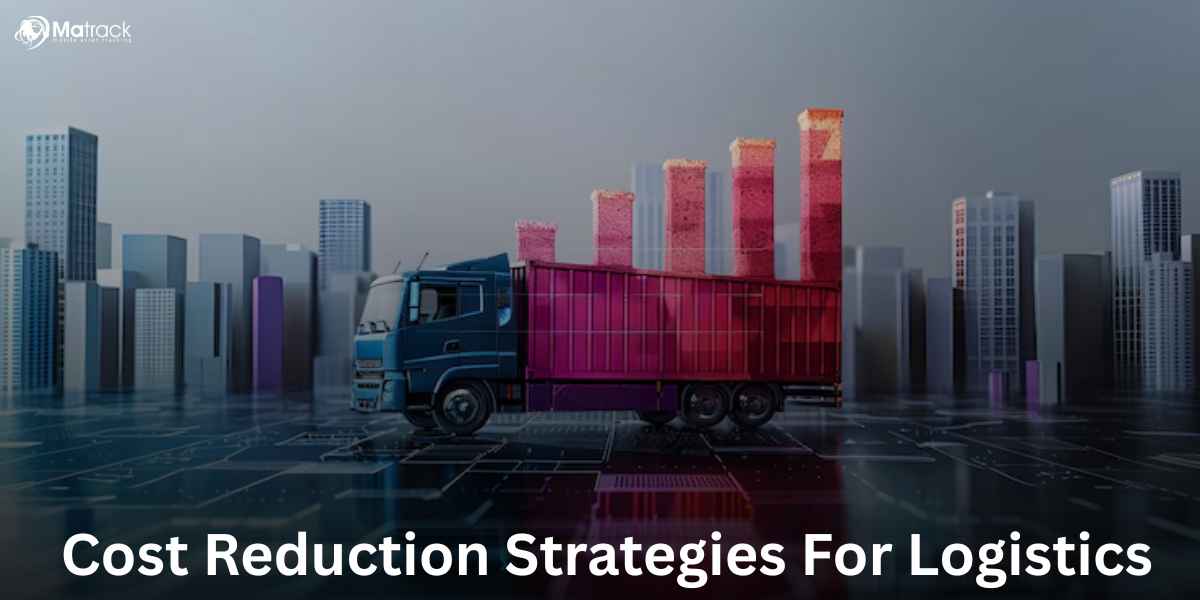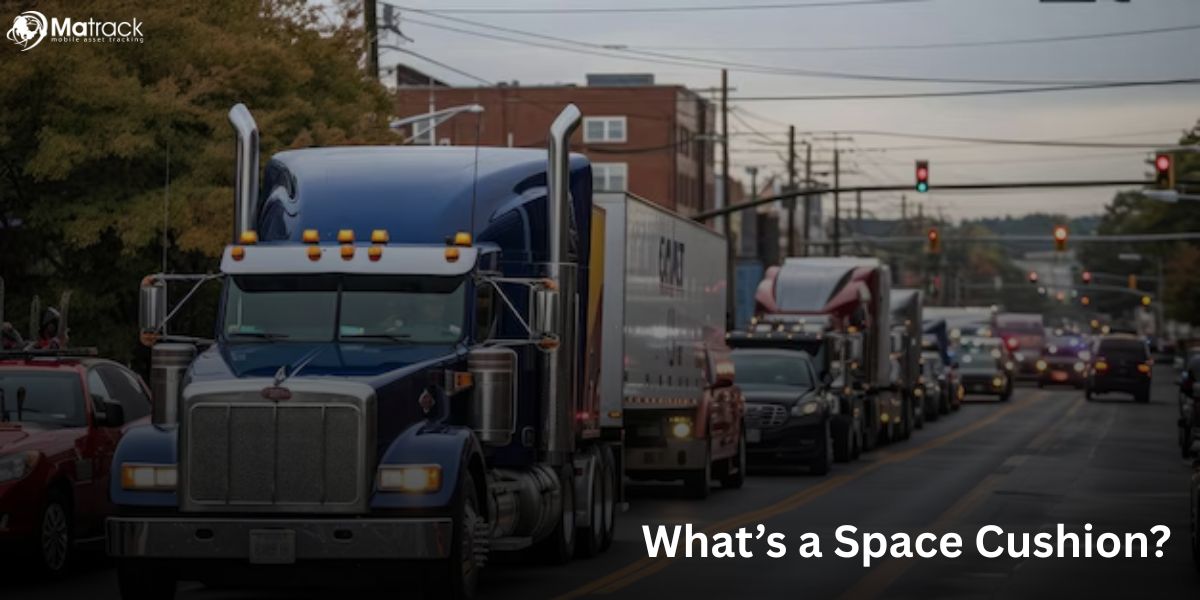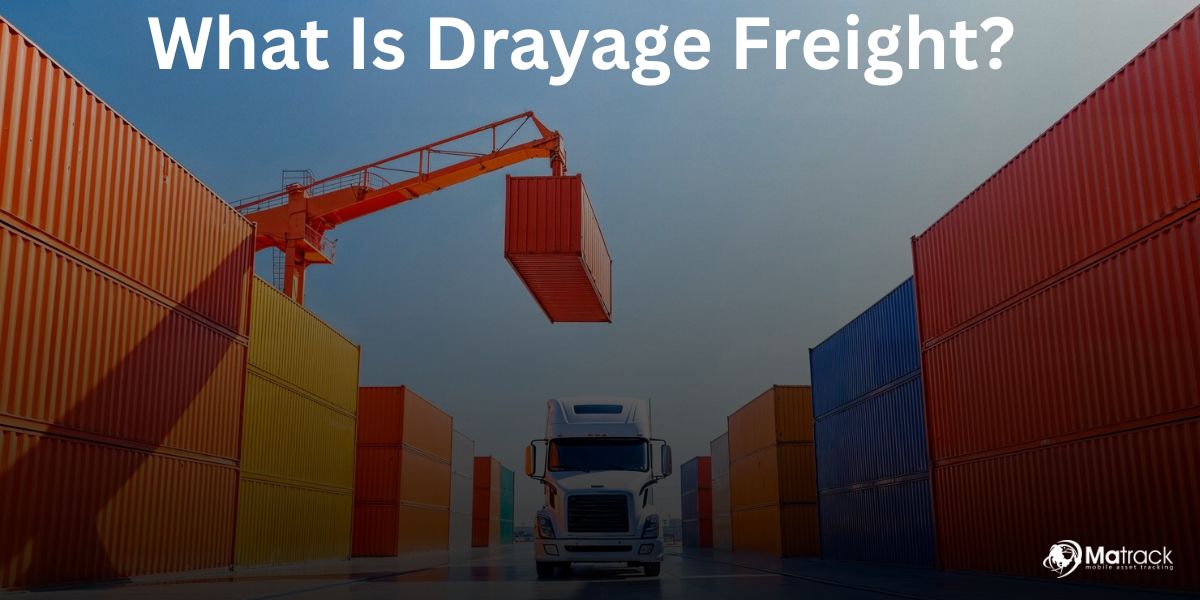Key Takeaways:
- Logistics costs are driven by transportation, warehousing, inventory levels, and compliance, each directly impacting operational spending.
- Route optimization, warehouse automation, and demand forecasting reduce excess mileage, labor effort, and stock holding.
- Switching transport modes, renegotiating contracts, and using efficient packaging directly lower per-unit shipment costs.
- Matrack GPS Fleet Tracker improves logistics efficiency by enabling real-time vehicle tracking, reducing fuel waste, and cutting maintenance through better driver monitoring.
What Are Logistics Costs?
Logistics costs are all expenses associated with the movement, storage, and handling of goods throughout the supply chain. These costs include transportation, warehousing, inventory carrying, order processing, and packaging.
Transportation and warehousing form the largest share of logistics costs due to fuel, labor, and space requirements. Inventory carrying cost increases when stock levels are high or turnover is slow.
What Factors Affect Logistics Costs?
Transport Mode
Transport mode increases logistics costs based on fuel use and delivery speed. Air freight is more expensive than rail or sea due to energy intensity and urgency.
Inventory Size
Inventory size affects storage cost and capital tie-up. Larger stock levels increase space, insurance, and obsolescence risk.
Warehouse Location
Warehouse location impacts delivery time and fuel expenses. Sites far from customers increase last-mile delivery cost and travel time.
Labor Cost
Labor cost rises with manual processes and high wages. Low productivity from poor training or outdated systems raises handling expenses.
Technology Use
Technology use lowers cost through automation and real-time control. Lack of system integration leads to delays and manual errors.
Compliance Rules
Compliance rules increase cost through permits, safety checks, and documentation. Violations lead to fines, shipment delays, and legal risks.
Packaging Type
Packaging type affects weight, space, and protection. Inefficient packaging raises shipping cost and return rates.
Fuel Prices
Fuel prices directly raise freight charges. Volatility from global events makes cost prediction difficult without efficient routing.
How To Reduce Logistics Costs?
1. Use Route Optimization
Route optimization reduces total distance traveled and fuel consumed. AI-driven software recalculates delivery routes using real-time traffic and location data.
Dynamic route planning shortens delivery time and cuts overtime labor. Fewer vehicle hours reduce maintenance costs and asset wear.
2. Automate Warehousing
Warehouse automation lowers labor dependency and speeds up operations. Robots handle picking, sorting, and transport tasks faster than manual labor.
Automated systems reduce human errors during order processing. Fewer errors mean lower return rates and higher customer satisfaction.
3. Consolidate Shipments
Shipment consolidation increases truckload utilization and lowers per-unit delivery cost. Grouping shipments reduces the number of trips needed for fulfillment.
Fewer dispatches decrease fuel consumption and handling labor. Reduced frequency also limits equipment usage and repair needs.
4. Improve Demand Forecasting
Demand forecasting improves stock accuracy and prevents overordering. Machine learning models predict product needs based on sales trends and seasonality.
Accurate forecasts decrease storage costs by reducing surplus inventory. Lower stock levels mean less capital tied up and faster turnover.
5. Renegotiate Carrier Contracts
Carrier renegotiation based on shipping volume and performance metrics secures better rates. Structured agreements prevent hidden charges and rate inflation.
Periodic contract reviews increase pricing transparency and accountability. Reliable service delivery reduces disruption and cost spikes.
6. Switch Transport Modes
Switching from road to rail or sea cuts freight expenses on long hauls. Non-road modes offer lower cost-per-ton and reduced fuel use.
Intermodal strategies combine speed and cost efficiency. Containers enable seamless transitions between ships, trains, and trucks.
7. Train Drivers for Efficiency
Driver training in fuel-efficient driving lowers gas consumption. Techniques like smooth acceleration and speed control extend fuel range.
Using fleet management systems helps monitor driver behavior and vehicle health. Real-time alerts reduce mechanical failures and optimize driving patterns.
8. Adopt Energy-Efficient Practices
Energy-efficient systems in warehouses reduce electricity bills. LED lighting, automated HVAC, and solar panels cut utility usage.
Electric or hybrid trucks lower per-mile fuel cost. Cleaner vehicles align with sustainability targets and cut emissions fees.
9. Optimize Packaging
Optimized packaging reduces size and shipping weight. Smaller, lighter parcels lower dimensional weight charges from carriers.
Compact packaging also increases vehicle capacity. More deliveries per trip reduce fleet demand and fuel use.
10. Integrate Reverse Logistics
Reverse logistics integration with forward systems simplifies return handling. Shared infrastructure speeds up processing and cuts warehouse costs.
Efficient returns reduce restocking time and salvage loss. Streamlined flows prevent overuse of resources and lower total logistics expenses.
Use Matrack GPS Fleet Tracker To Reduce Logistics Costs
Using Matrack GPS Fleet Tracker reduces logistics costs by providing real-time visibility of every vehicle in operation. With accurate location data, fleet managers make faster routing decisions that cut fuel usage and delivery delays.
Matrack helps monitor driver behavior, including speeding, harsh braking, and idling. This tracking improves driving performance, which reduces vehicle wear and lowers maintenance expenses.
The system includes alerts for unauthorized use and extended stops, helping avoid unnecessary mileage and downtime. By improving fleet efficiency and reducing misuse, Matrack directly lowers overall operating costs.



